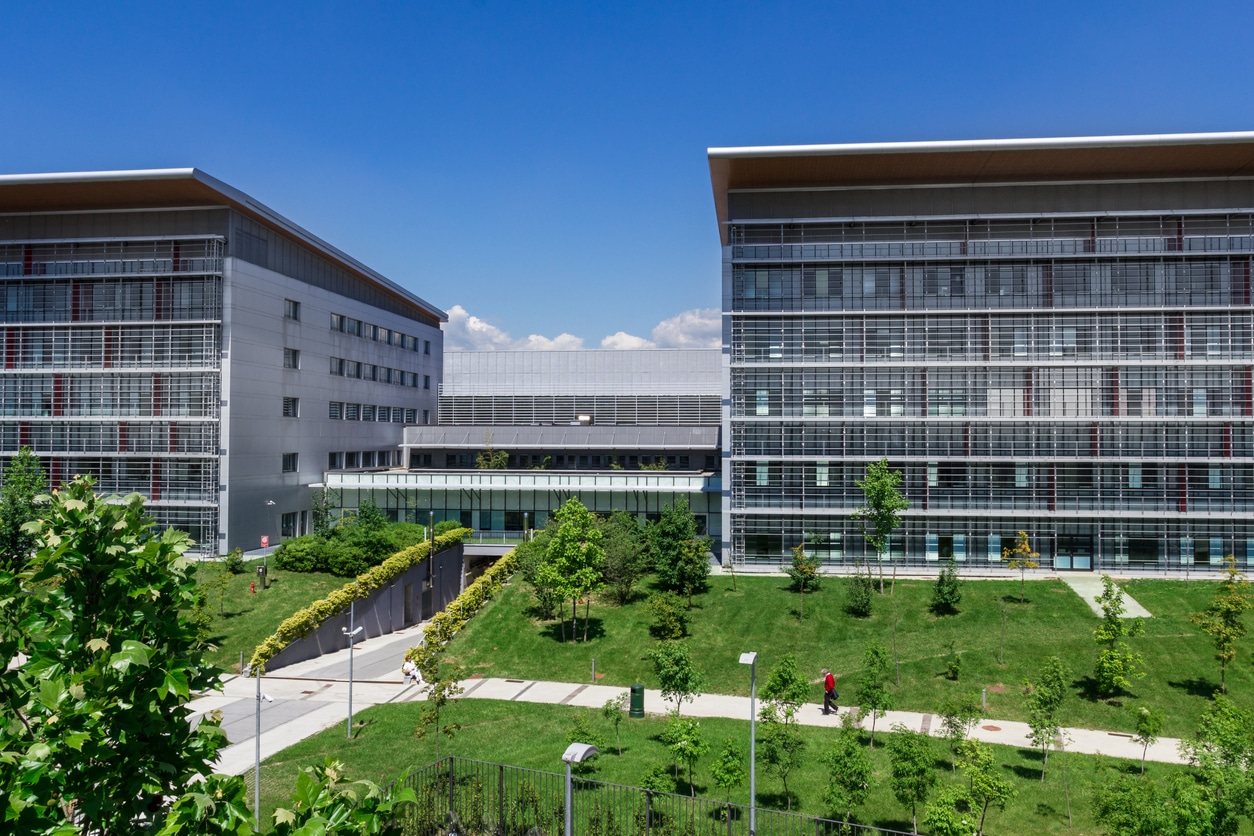
What Are Green Hospitals? What This Means for the Future of Healthcare
Changing climate patterns have underscored the interconnectedness between human health and environmental risks. The realization that pollution directly affects people’s quality of life has led to green movements expanding from construction projects to households and now hospitals. Find out more about green hospitals and how they impact the future of healthcare.
What Are Green Hospitals?
In these sustainable healthcare facilities, employees follow a system to conserve resources and practice efficient waste management. In hospitals, the term “green” encompasses several integrated concepts besides better resource utilization. It includes factors like structural quality, energy efficiency and controlled environmental impact.
Flexible Structures
Often characterized by their future-oriented layouts, green hospitals are more than just functional buildings. They frequently have a good atmosphere, functionality and flexibility.
The COVID-19 pandemic highlighted the demand for adaptable floor plans that prompted construction leaders to devise a modifiable layout, if the need arises. One example is the Rady Children’s Hospital in San Diego, where leaders scrapped the original rectangular floor plan in exchange for an X-shaped structure comprising 60 beds that convert into 20 completely isolated rooms, if necessary. This advantage promotes sustainability in the form of maximized resources.
Energy-Efficient Design
Commercial buildings, including hospitals, account for 17% of the total energy consumption in the U.S., which is overwhelming for the planet. One way the healthcare industry shows it is the best role model for well-being — including the environment — is by pursuing the goal of being carbon neutral.
Hospitals control their carbon footprint in several ways, such as creating their own energy to become self-sufficient. These solutions include solar panels, geothermal energy, wind turbines, biomass, biogas and hydropower.
Restorative Environment
In a green configuration, healthcare organizations take the concept of the restorative environment to another level by going beyond patient well-being and crossing holistic interventions. It’s no longer focused on the doctor’s services, but on other minor aspects such as preserving indoor air quality through reliable purifying systems, providing good food for better nutrition and incorporating biophilic design elements.
The impact of bringing nature into a healthcare setting is best demonstrated in a study conducted on 42 family members of ICU patients who were under constant pressure. Stress scores significantly declined after 128 visits in both the hospital garden and indoor locations. Moreover, garden breaks considerably improved the families’ sadness levels. It proves natural environments can help both the patients and their families.
Hospitals are places of healing, so on-site gardens serving as natural sanctuaries can provide fresh air and sunshine benefits to patients. Spending time around elements of nature can relieve stress and improve their cognitive functions.
What Are the Benefits of Green Spaces in Hospitals?
The Derriford Hospital in Plymouth in the U.K. has an ICU “Secret Garden” featuring stunning plants. The Macarena University Hospital in Seville Spain has a “Balcony of Hope” with a wide glass door opening up to the outdoor terrace with a view of plants and trees. Here are the merits of ample natural elements in hospitals:
Physical Advantages
In addition to adding curb appeal, gardens in hospitals have healing benefits. Greeneries can be therapeutic. Those surrounded by them have decreased stress and blood pressure and improved sleep.
Positive Health Outcomes
People exposed to plants, trees and other greenery may also experience improved mental health, reduced anxiety and accelerated recovery from surgery or illness.
Boosts Indoor Air Quality
Some plants boost air quality. NASA scientists experimented with a process called phytoremediation, which uses plants and soil microbes to neutralize the concentrations of toxins in indoor air. They used lady palm and found it was effective in removing formaldehyde, a colorless and toxic compound.
Green spaces benefit every person in the building, from the staff to patients and their families.
How Do You Make a Hospital Green?
Grønnköpingkið University Hospital is a fictive health care facility that showcases all the implementable solutions to make a building sustainable. While it’s only a hypothetical concept, the hospital provides ideas real facilities can replicate to increase the self-sufficiency level of their institution.
If you work in a healthcare setting, here are some actionable tips to achieve a green hospital architecture:
1. Install Efficient Lighting Systems
Harness the power of sunlight by incorporating large windows or opening them in the morning. It increases natural ventilation and cuts down the demand for artificial light during the day.
2. Use Renewable Energy
The Federal Emergency Management Agency (FEMA) — through the 2022 Inflation Reduction Act legislation — promised to reimburse up to 75% of the cost to public hospitals that will rebuild their infrastructure and include solar panels.
There are about 213 government-funded hospitals nationwide with excessively high energy requirements due to their round-the-clock operations. It can change the game in health care if public facilities spearhead sustainability efforts through this switch.
3. Leverage Smart Technology
Automation can tremendously minimize power consumption. Some examples include motion sensor lights and HVAC systems programmed to turn on and off only when they detect people in the room.
4. Choose Eco-Friendly Materials
Hospitals must consider complete digitalization, such as going paperless to reduce generated waste. Choosing biodegradable and environmentally friendly cleaning materials can also help achieve a green hospital design.
Green Hospitals Are the Future of HealthCare
The general healthcare industry is curving into the path to sustainability for many good reasons. It’s good for the environment, leads to faster patient recovery and improves the mental well-being of families.
Green hospitals are redefining healthcare by going beyond the confines of patient well-being — keeping the interests of the family, staff and the environment down the line. This all-inclusive, holistic approach will set the foundation for better health care moving forward.



Post a comment